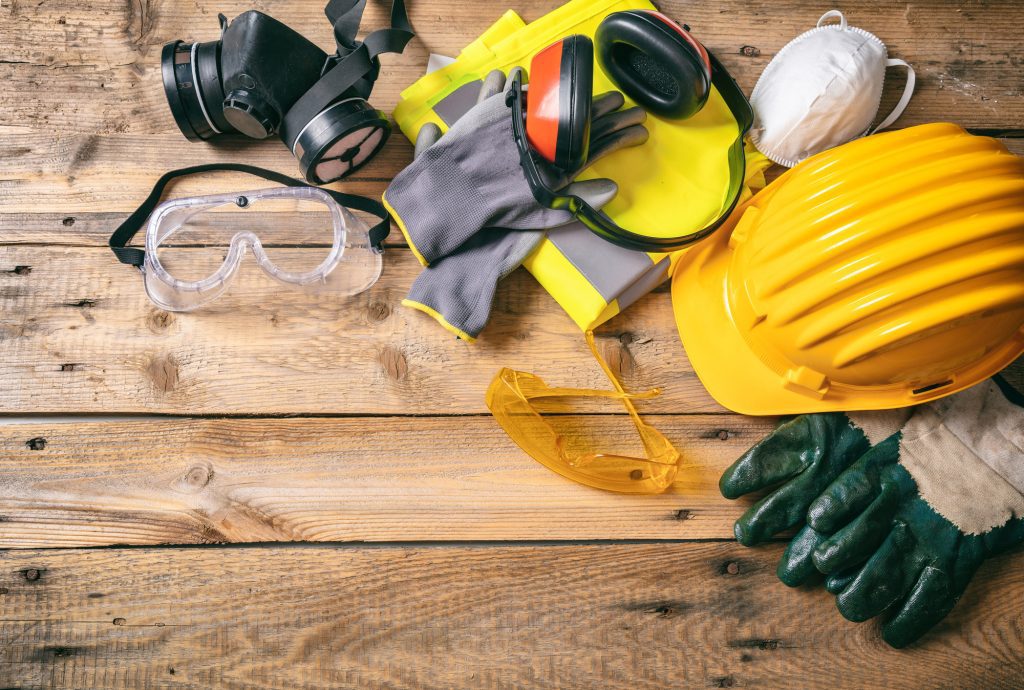Safety in construction is crucial for protecting the well-being of workers, minimising the risk of accidents, and ensuring the smooth progression of projects. Construction sites are inherently hazardous, with risks stemming from heavy machinery, heights, and hazardous materials. Implementing safety protocols not only safeguards workers but also enhances productivity by reducing downtime caused by accidents.
Prioritising health and safety in construction fosters a culture of responsibility and care, motivating workers to remain vigilant and cautious. This commitment to safety also reduces legal liabilities and financial losses for construction companies. Moreover, it improves employee morale, as workers feel more secure in environments where their safety is a priority. Compliance with safety regulations is not just a legal obligation, it is a moral responsibility that reflects a company’s dedication to its workforce and project quality. In conclusion, the importance of safety in construction cannot be overstated, as it is essential for both the short-term success of individual projects and the long-term sustainability of the industry.
Best Practises to prevent accident
Implementing safety measures on construction sites is essential for maintaining the well-being of individuals and protecting valuable assets in any environment, whether it’s a workplace, home, or public space. These practices serve as proactive measures that help identify and mitigate potential risks before they lead to accidents. By doing so, they not only reduce the chances of injury but also minimise financial losses caused by damage to equipment, property, or medical expenses.
Furthermore, a culture that emphasises safety promotes a sense of responsibility and awareness among people. This mindset encourages everyone to remain vigilant and take ownership of their surroundings, ensuring that hazards are swiftly addressed. In professional settings, especially in industries like construction, manufacturing, and transportation, implementing
safety measures on construction sites improves employee morale and productivity. Workers feel more secure when they know their employers prioritise their safety, leading to fewer disruptions and a more efficient workflow.
Here are some key best practises for implementing safety and health measures
- Risk Assessment and Hazard Identification : Conducting routine inspections help identify potential hazards such as unstable scaffolding, faulty machinery, or unmarked hazardous areas. These inspections should be documented and followed up with corrective actions.
- Personal Protective Equipment : Making the use of personal protective equipment (PPE) such as hard hats, gloves, safety goggles, and steel-toed boots mandatory is essential for health and safety in construction sites. It’s crucial to ensure that every worker is equipped with the appropriate PPE for their specific roles, while also offering comprehensive training on the correct usage and maintenance of the gear to enhance health and safety on construction compliance.
- mproved Efficiency : Prioritising safety in constructions through measures like training, equipment care, and protocol adherence not only safeguards workers but also streamlines operations. Accidents can derail projects, causing delays and financial strain.
- Electrical Safety : Ensure all wiring is done by a licensed electrician and meets safety standards. For added safety, use GFCI outlets in wet areas or when working with water.
- Emergency Preparedness : Accidents, though preventable, can still happen, which makes emergency preparedness a critical aspect of safety in construction. Every site should have an emergency response plan in place that includes procedures for evacuations, medical emergencies, and fire safety. Conducting regular drills ensures that workers can respond quickly and correctly in crisis situations, potentially minimizing harm and damage.
- Effective Communication : Effective communication is crucial for safety in construction sites. Workers should report unsafe conditions immediately, and supervisors must hold regular safety meetings to address ongoing risks. In noisy environments, hand signals, two-way radios, and clear signage help prevent miscommunication and accidents.
By consistently integrating best practises into daily operations, construction companies can foster a safety-centric culture. A workforce that is properly trained and adequately equipped is significantly less prone to accidents, safeguarding both employee well-being and the seamless progression of projects. In the inherently hazardous field of construction, the importance of health and safety is not merely a precaution
As a leading cement manufacturer, Topcem prioritises safety in every aspect of its operations. Their commitment to safety extends from the production process to the end-user experience. Topcem ensures that its cement is produced under strict quality control measures, adhering to industry standards and regulations.
By prioritising health and safety in construction sites, Topcem contributes to a safer construction environment and helps to protect the lives of workers and the general public.

